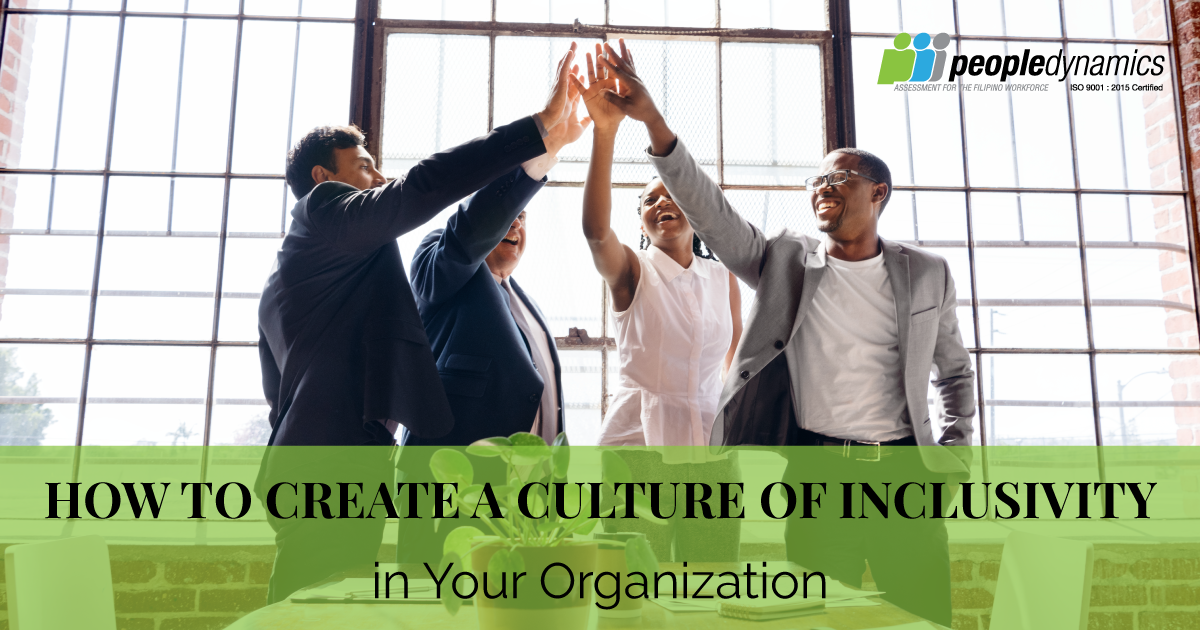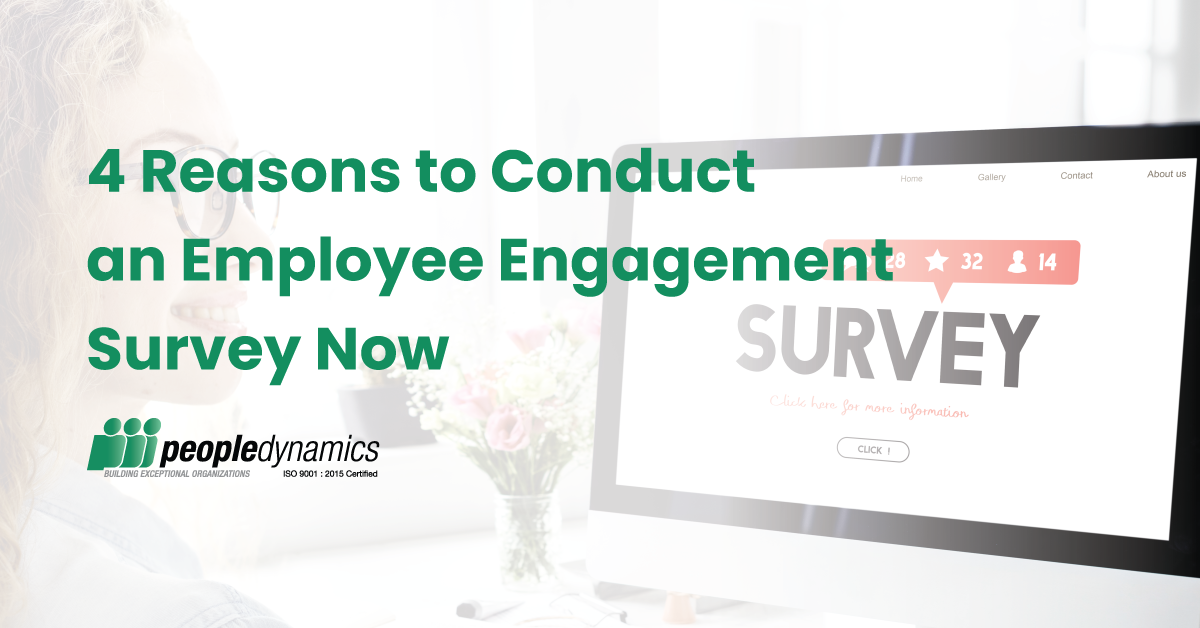An organization is inherently diverse especially in a country like the Philippines. And with globalization, it’s now common to see workers from different countries and races in the country. But with diversity comes the issue of inclusivity.
If you’re hiring for diversity, that means that one of your goals is to identify and remove potential biases in your hiring process that may be ignoring, turning off, or accidentally discriminating against qualified, diverse candidates. But once you achieved that, what’s next? Inclusivity.
What is a Culture of Inclusivity?
Diversity is just half of the D&I picture. To fully experience the benefits of your diverse workforce, you have to make sure that they feel included. You’ve succeeded in bringing the talents you want in your organization, but how can they help you achieve your goals if they don’t feel like they belong with your company?
Think of your organization as the orchestra. Your diverse workforce is the instrument players. Some people are in charge of string instruments, some play percussion instruments, some play wind instruments. They all play different instruments, which make different sounds. Inclusivity is the piece that they’re supposed to play—the thing that unites them to produce a melodious sound.
How can you create a culture of inclusivity in your organization?
Identifying your current standing
There are different types of diversity in the workplace. It can be gender, racial, religious, or combinations of them. If you want to create a culture of inclusivity in your organization, you have to take into account first how you could include your employees depending on how they diversify. Identifying the demographics is a fairly easy, quantitative process.
However, you also have to identify where you currently stand in terms of an inclusive culture. This requires not just quantitative but also qualitative information. Conducting culture and climate surveys can help you with this step. You could also talk to your employees about the environment, the culture, and their colleagues’ feelings about them.
Educate your leaders about diversity
Your leaders are your frontliners in your D&I efforts. That’s why it’s crucial that they’re educated. You could have your leaders attend training programs tackling the basic and advanced topics regarding inclusion and its importance. Remember that all conflict can start even with a seemingly harmless statement. If your leaders don’t know what they should do, it can cause huge damage to your inclusion efforts.
Communicate
Communication is the key. May it be in managing a multigenerational workforce, workplace conflict, or workforce diversity. Remember that you create a culture of inclusivity not just for you to fully utilize your diverse workforce. It’s also for your employees. Their participation is critical to your success.
And to achieve effective participation from your employees, you have to communicate with them. They know best how they feel. They know what things you should and could do to make them feel included. So, you should ask them these things. After asking them, listen, and respond. Of course, not all of them are feasible. But you could still get ideas on how you could tackle inclusivity, and which issues you should tackle first.
Fulfill the requirements
According to Gallup, there are three pillars to inclusion and diversity: employees are treated with respect, employees are valued for their strength, and leaders do what is right.
Respect is the root. Your employees will never feel inclusion and belonging if they don’t feel that they’re respected. If you and your employees treat each other with respect regardless of their identity, discrimination and harassment decrease. Next, when employees feel that their strengths are valued, they feel that they’re important to the organization. This increases their feeling of belonging. And lastly, as mentioned earlier, leaders are your D&I front liners. Not only should they be educated, but they should also do what’s right. If employees trust that their leaders will do the right thing, then they’ll be more open to the organization.
Workplaces with inclusive culture have highly engaged employees. And employee engagement is the key to employee performance. So, if you want a highly engaged and performing workforce, diversity isn’t enough—you also need to have inclusion.




